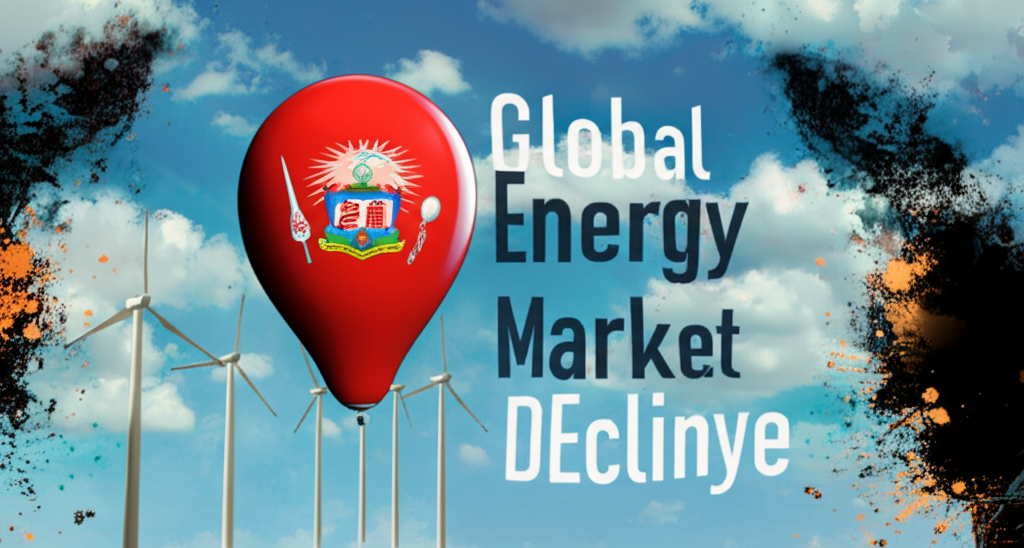Buckle up, oil market watchers! OPEC has just made a significant move, slashing its 2025 global oil demand growth forecast. The reason? A mix of disappointing first-quarter data and those pesky US trade tariffs. This could mean big changes at the pump and for the global economy. Let’s dive in!
Here’s what you need to know:
- OPEC cuts 2025 oil demand growth forecast by 150,000 bpd.
- US tariffs and weak Q1 data are cited as key factors.
- Nigeria’s oil production dips to a 5-month low.
- Goldman Sachs further reduces its oil price outlook.
OPEC’s Big Cut: What’s Behind the Slump?
The Organisation of Petroleum Exporting Countries (OPEC) has officially trimmed its expectations for oil demand growth in 2025. In their latest monthly report, they predict world oil demand will rise by 1.30 million barrels per day in 2025 and 1.28 million bpd in 2026. While that sounds like a lot, it’s actually a 150,000 bpd reduction from last month’s projections.
Trump’s Tariffs: A Wrench in the Gears?
OPEC is pointing fingers at US President Donald Trump’s trade tariffs as a major contributor to the dampened outlook. These tariffs can disrupt global trade flows, impacting economic growth and, consequently, the demand for oil. Throw in plans for higher output by OPEC+ (OPEC plus allies like Russia), and you’ve got a recipe for downward pressure on oil prices.
Nigeria’s Production Plunge
It’s not just global factors at play. OPEC also confirmed a drop in Nigeria’s crude oil production for March. According to Nigerian authorities, production slumped to 1.4 million bpd, a significant decrease from the 1.46 million bpd recorded in February. This marks a five-month low for the country’s oil output.
Nigeria, Africa’s largest oil producer, has faced challenges in recent years, including pipeline vandalism and underinvestment, impacting its ability to meet its production quota. For example, in 2016, militant attacks on oil infrastructure in the Niger Delta region significantly reduced Nigeria’s oil output, impacting government revenue.
Goldman Sachs Sounds the Alarm (Again!)
Investment banking giant Goldman Sachs has further dampened the mood by reducing its oil price outlook for the third time since April. They now expect Brent crude to average $63 this year and $58 in 2026. WTI (West Texas Intermediate) is projected to average $59 per barrel this year, falling to $55 in 2026. This reflects concerns about weaker-than-expected oil demand growth. Goldman analysts are now forecasting a modest 300,000 barrels daily growth this year and have slashed their demand forecast for the end of 2026 by a whopping 900,000 bpd.
Silver Linings? Oil Prices Edge Up
Despite the gloomy forecasts, there’s a glimmer of hope. Oil prices saw a modest increase on Monday, buoyed by US exclusions on some tariffs and positive Chinese data showing a rebound in crude imports. Brent crude futures rose by 83 cents to $65.59 a barrel, while WTI was up 81 cents at $62.31.
However, this optimism is tempered by ongoing concerns about the US-China trade war and its potential to weaken global economic growth.
What Does This Mean for You?
The OPEC’s decision has ripple effects. Lower demand forecasts could lead to lower oil prices at the pump, which would provide some relief for consumers. However, for oil-producing nations like Nigeria, this could translate to reduced revenue and potential economic challenges. The global energy landscape is constantly shifting, and these recent developments highlight the complex interplay of economics, politics, and trade.




